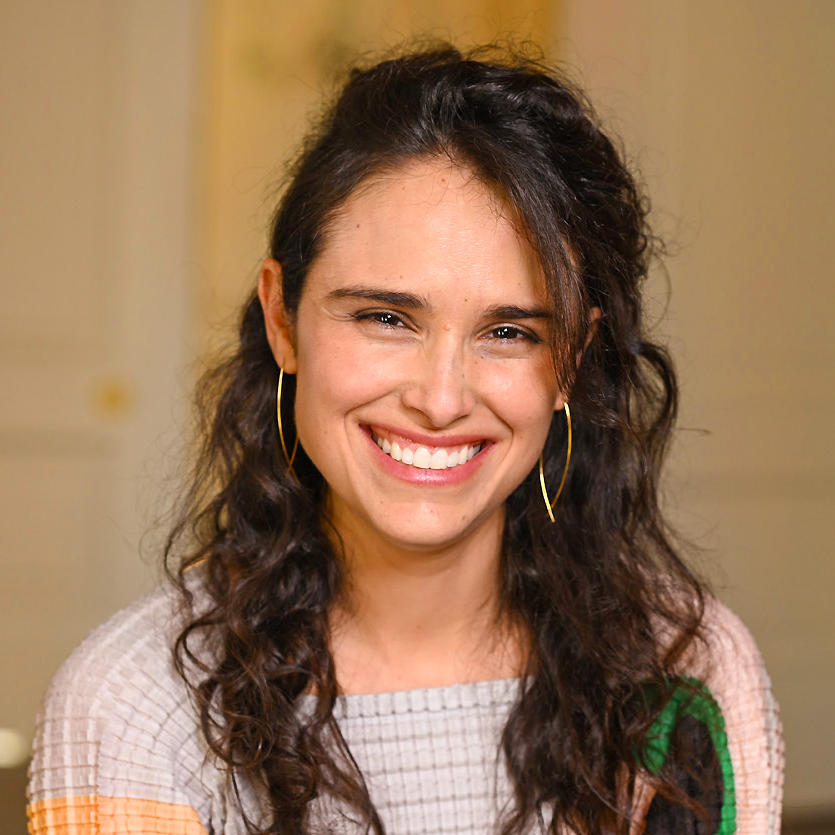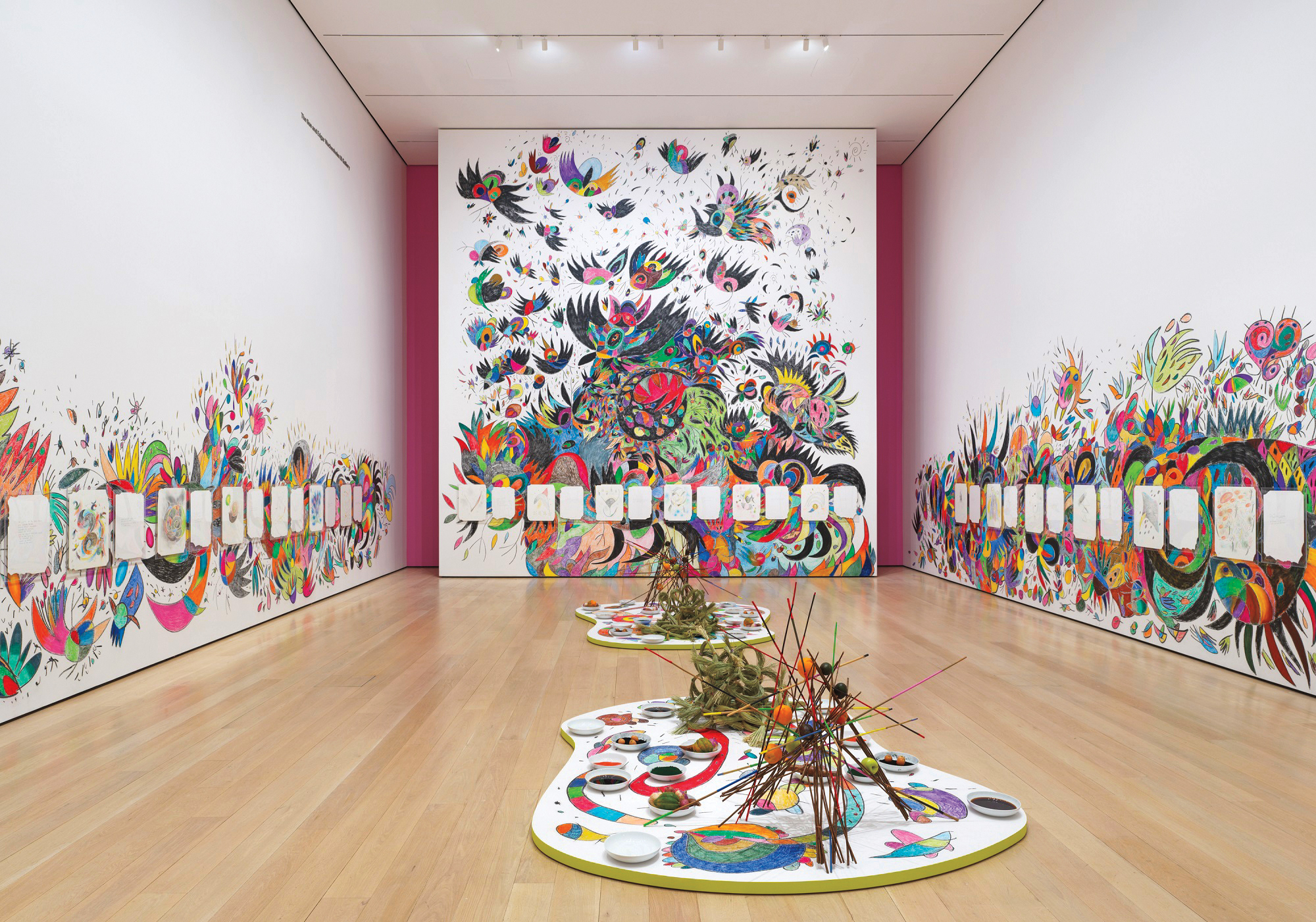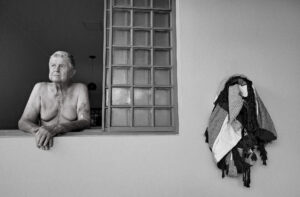This article is adapted from AQ’s upcoming special report on food security in Latin America
As you walk into the ground-floor gallery at New York’s Museum of Modern Art, with its high ceilings, your eyes travel upward. A monumental drawing of a black, bird-like figure stares down at you, its colorful wings surrounded by other colorful, winged creatures. Is it one bird, or many? Is it moving, or is it still?
This is Brazilian artist Tadáskía’s exhibition, entitled Projects: Tadáskía, and it’s a good introduction to her creative world, full of ambivalence, movement and change.
MoMA invited her to paint these walls, the first time the museum has ever allowed an artist to do so, after acquiring one of her pieces, also on display here, ave preta mística mystical black-bird. The unbound illustrated book, its pages displayed around the exhibition room’s walls, reads like an unrhymed poem, where a black bird evokes its “winged transformation” and celebrates her community of “Mystical Black Birds.”
Tadáskía, a Black trans woman from a poor neighborhood of Rio de Janeiro, started making art at the public school she attended and through social projects. Those communal experiences are palpable in ave preta mística mystical black bird.
She attended the State University of Rio de Janeiro through a government scholarship for Black and low-income people, a legacy of the era of high social mobility in the 2000s under Workers’ Party (PT) rule. But she sees the PT’s political project as informed by centuries of activity by Black and LGBTQ Brazilians. “What I experience is the result of these seeds in a barren land. And there’s still a long way to go.”
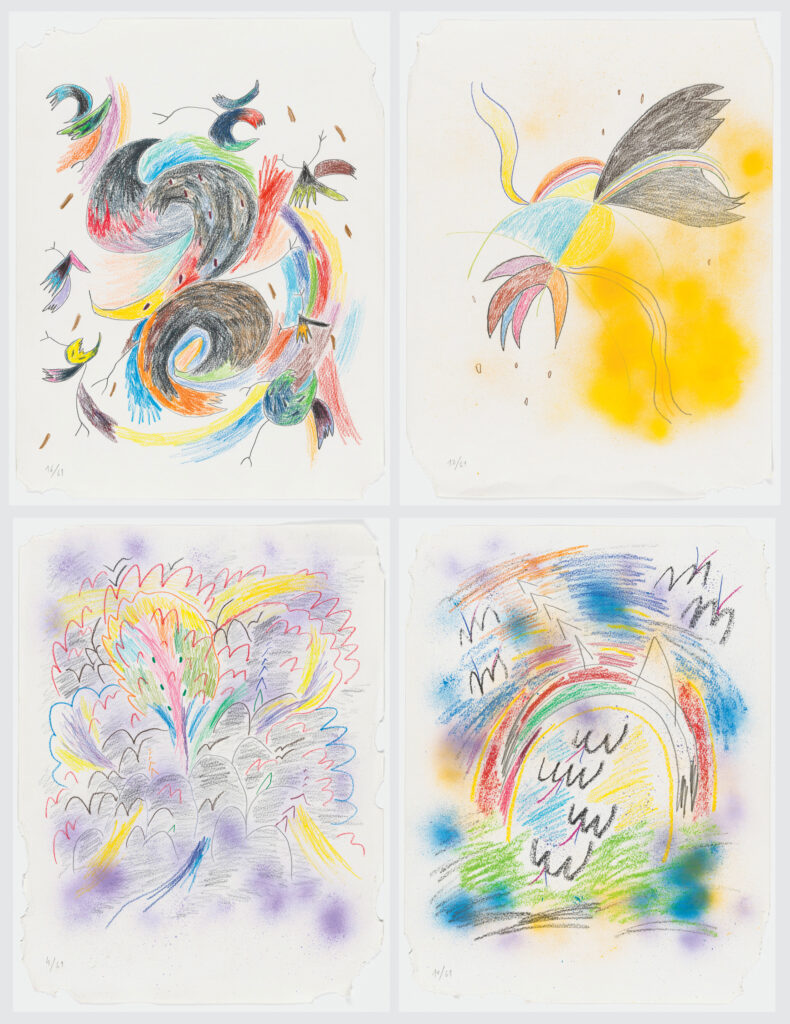
Projects: Tadáskía
The Museum of Modern Art
by Tadáskía
On view through October 14
Tadáskía’s world is also the world of Brazil’s spiritual complexity, in this case seen through the life of a trans woman who attended an evangelical Christian church as a teenager, and who sees art as a window onto the mysteries of the divine. In photos and interviews, there’s a sense of the celestial to Tadáskía herself, her ballerina-like posture, her soft-spoken cadence.
Tadáskía’s rich spiritual life resists easy religious classification—not uncommon in Brazil, where most people identify as Christians, but many combine diverse religious beliefs. Her mother’s inner life had a similar quality, speaking to God in different ways at once.
“She always had a very open contact with spirituality, so she spoke to the stars, to the saints, to God,” Tadáskía told AQ.
That plurality has walked side by side with another Brazilian tendency: the rise of evangelical Protestantism, whose believers have grown from 5% of the country in 1970 to over 30% today.
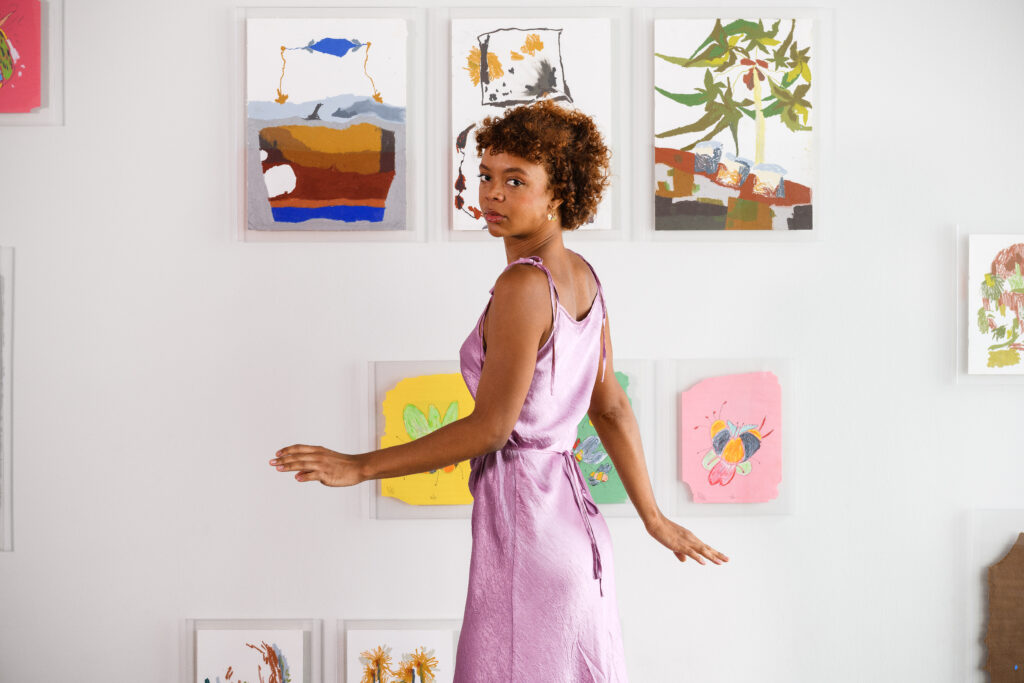
Tadáskía started attending her father’s evangelical church at age 12. Through theater and musical activities she began, she said, to learn how to speak to the deity. “Observing things, nature, you realize there’s an unknown particle, and that could be called God, a divinity, it can mean many things.”
Back at her evangelical church, something wasn’t clicking. Heaven and hell formed a binary that didn’t fit with her more expansive spirituality. It didn’t help that hell is where she was told she was destined if she remained on the fence about who she was, and about her sexual and gender identity.
At age 19, she left the church. Through her art she managed to incorporate the divine in a way that seemed more appropriate to her. As the narrator of ave preta mística mystical black bird says at one point in the book, “there’s no reason to get stuck here or there / there’s no reason to hold me anywhere.”


